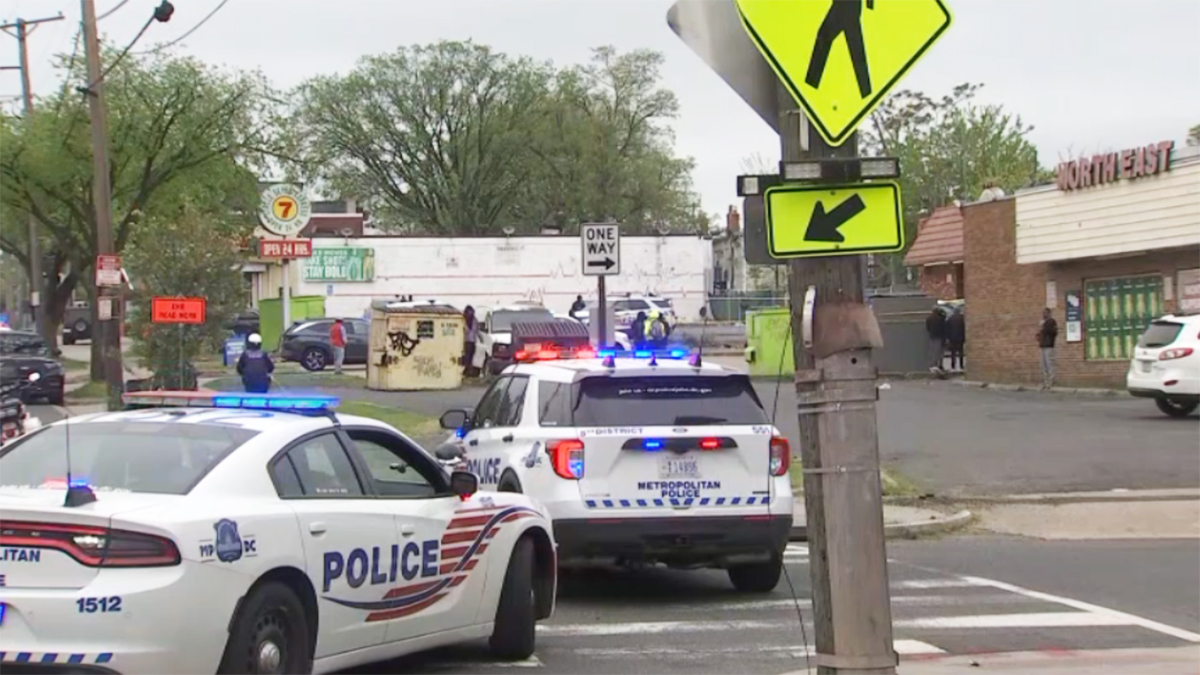Heads up!
The International Space Station will pass directly over the heads of D.C.-area residents Wednesday night, offering locals a near-perfect opportunity to to see the football field-sized craft.
The station will become visible at 5:34 p.m. It will fly accross the skies at 17,500 mph, meaning you'll have about 4 minutes to catch a glimpse.
Look straight up into the sky to see it -- at it's peak, the station will hang 85 degrees above the horizon, according to NASA.
"Almost everyone can see it, no matter where they are, even if you're standing between two buildings, because it's practically straight up," NASA spokesperson Stephanie Schierholz said.
It will be the brightest object in the sky, besides the moon, Schierholz said.
The compass on your phone can help you find the station's path. Head outside a few minutes before, and use your phone's compass to look southwest. Then, you can watch as the station moves northeast.
Local
Washington, D.C., Maryland and Virginia local news, events and information
Although the International Space Station passes over D.C. periodically, tonight's opportunity is special for a few reasons, Schierholz told News4.
Buildings often block views of the International Space Station, which often passes lower on the horizon.
The early sunset also will help. Like the moon, the station is only visible when sunlight reflects off the exterior.
Many of those visible passes occur in the early morning hours, meaning more amateur astronomers can see it without waking up before dawn.
If you do miss it, you're next chance may come soon. On Friday, Dec. 1 at 5:26 p.m., the shuttle is expected to be visible 38 degrees above the horizon.
To find that sweet spot in the Friday sky, point one arm at the horizon and one straight up. Move your lower arm just over a third of the way upwards to your other arm.
Then, look for NASA astronauts and International Space Station residents Randy Bresnik, Joe Acaba and Mark Vande Hei waving back at you.
(Note: You won't actually be able to see any astronauts in space from earth.)



